Our Flight Crew makes penguins fly from the East Coast most days, but that doesn’t mean we don’t love spreading our wings every once in a while–especially when it’s to hone our skills so we can become even smarter, more efficient, and more digitally savvy when it comes to the latest industry happenings.
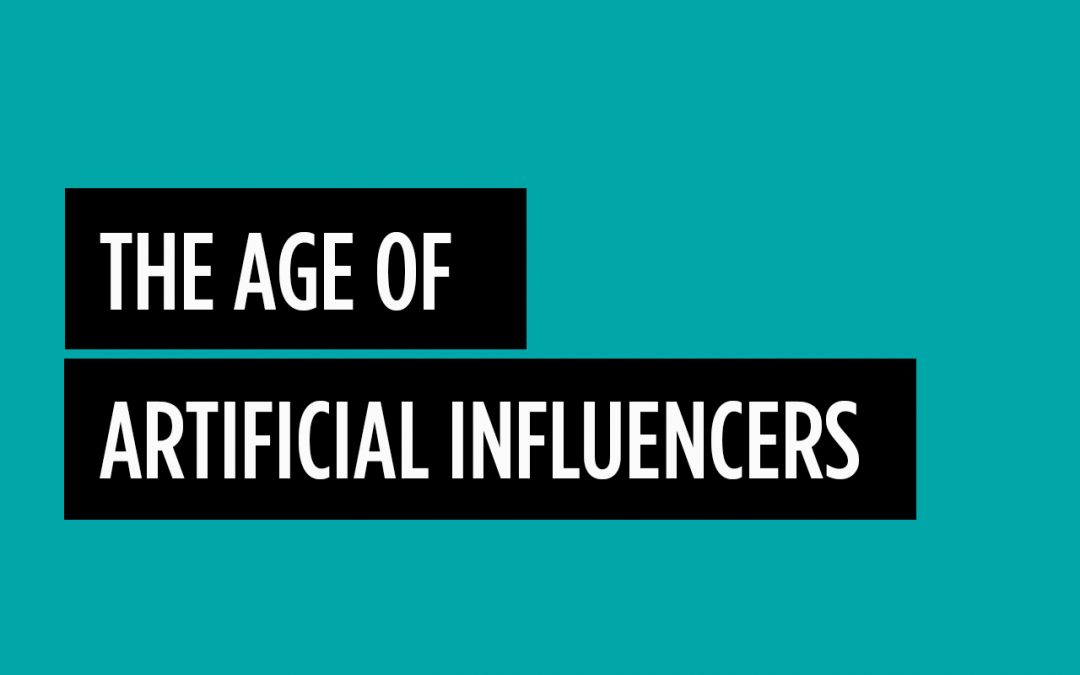
The Age of Artificial Influencers
The Age of Artificial Influencers
In 2018, it seems like there’s a social media influencer for just about every industry. Influencers are intriguing to the fans that follow them and the potential brands who want to collaborate with them because influencers do exactly what their name says…they influence. Users on social media follow influencers because they feel like they have gotten to know them on a personal level and trust their opinions on products and/or services. Brands love to work with influencers because they can receive a ton of exposure working with those who have a fan base that the brand wants to target. Influencers love what they do because they get paid to simply be themselves and review a product and/or service. So, win/win/win, right?
With the number of influencers growing at a massive rate, it should come as no surprise that we’ve reached the age of artificial or CGI created influencers. It started in 2016 with user Lil Miquela (@lilmiquela), who currently has 1.4M followers on Instagram, and has expanded to others who have been working with high profile brands spanning the fashion and music industries. Lil Miquela was created by a company called Brud, “a Los Angeles-based startup that specializes in robotics, artificial intelligence and their applications to media businesses” (via Wired.com). The CGI “model” has her own personality, friends (both real and CGI created), life storyline, and fashion gigs with high-end brands such as Prada, Diesel, and Moncler.
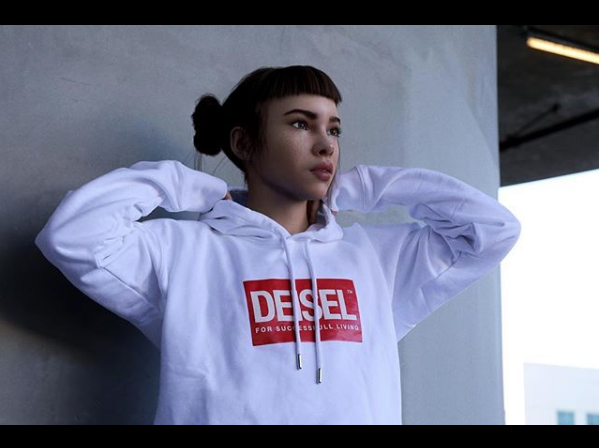
(Source: Instagram @lilmiquela for Diesel’s knock-off “Deisel” campaign in February)
Another CGI “model” named Shudu, who was created by fashion photographer Cameron-James Wilson, went viral on Instagram after Rihanna’s beauty company, Fenty Beauty, reposted a “photo” of Shudu “wearing” one of their lipsticks. And most recently, luxury fashion brand Balmain recruited Shudu along with two other CGI “models” named Margo and Zhi for their 2018 Fall/Winter campaign.
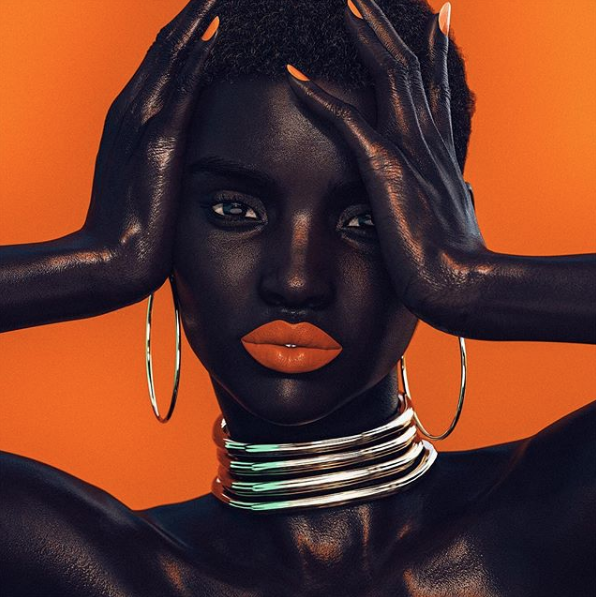
(Source: Instagram @shudu.gram)
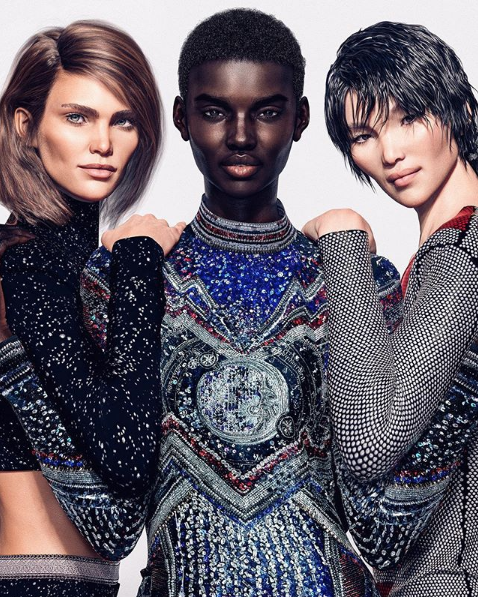
(Source: Instagram @balmain)
With CGI “models” and influencers popularity on the rise in luxury brands, there has been a lot of mixed reviews on the use of these fabricated beings and its potential negative messaging. From a social media influencer perspective, users are critical of the use of CGI influencers for a few reasons. First and foremost, some followers may not be aware that this account is actually completely fabricated, from their personalities to their fashion choices to where they are and what they do. So, how can users trust their opinions if they aren’t real but in fact paid for by certain brands? Adam Ribietz, co-founder and CSO of #paid, an influencer marketing company said, “Virtual influencers aren’t trying on a clothing brand. They can’t tell you, ‘This shirt is softer than another and that’s one of the reasons you should buy it.’ They’re not real people, so they can’t give a totally authentic endorsement.” However, brands are looking at it like these influencers are much easier to control.
Staying authentic on social media is something that influencers, celebrities, and even the regular users like you and me tend to struggle with. How many times do people try to get the perfect shot, use different filter apps to manipulate their photos, or even Photoshop them? It’s certainly a topic of conversation but these new CGI “models” are also posing a new legal issue. The Federal Trade Commission currently has guidelines for human social media influencers and how they can legally endorse on social media. However, this needs to be updated to include CGI users too. This means that their social media posts would have to include a disclosure such as “#ad” or “#sponsored” if they are getting paid to promote something and also make clear if they receive products for free for the promotion. Either way, any type of brand promotional post should be clearly labeled as such.
What are your thoughts on the rise of CGI influencers?
Sources: CNNtech, Wired, Vogue, The New Daily

The AMI Digital Summit: The Flight Crew Heads to Chicago
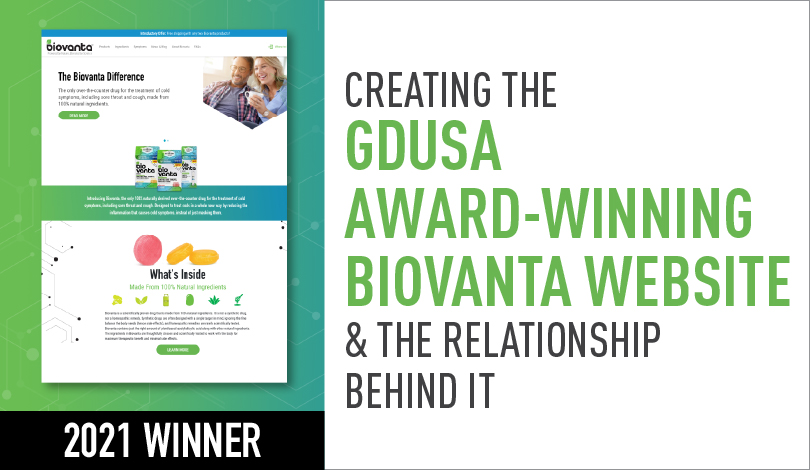
Creating the GDUSA Award-Winning Biovanta Website & the Relationship Behind It
Winning a GDUSA award is always exciting because it’s both a celebration of our designers’ hard work and a time to reflect on our partnership with a client in relation to the project itself. We’re only as good as our last project after all, and our partnerships make us who we are. So let’s take a dive into not just creating the GDUSA award-winning Biovanta website, but into how it all came to be.
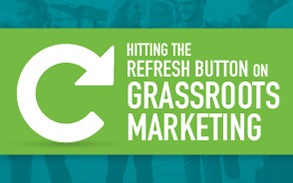
Grassroots Marketing
We recently brought a grassroots marketing campaign to life in Central Park for the family-owned snack company John Wm. Macy’s. Our experience got us thinking about the core aspects of grassroots marketing and audience engagement, and what it takes to create a successful campaign. It’s a layered concept, so let’s dive in together.